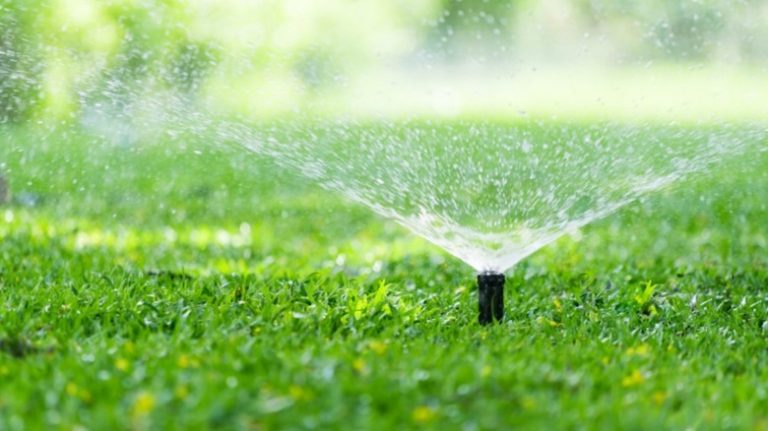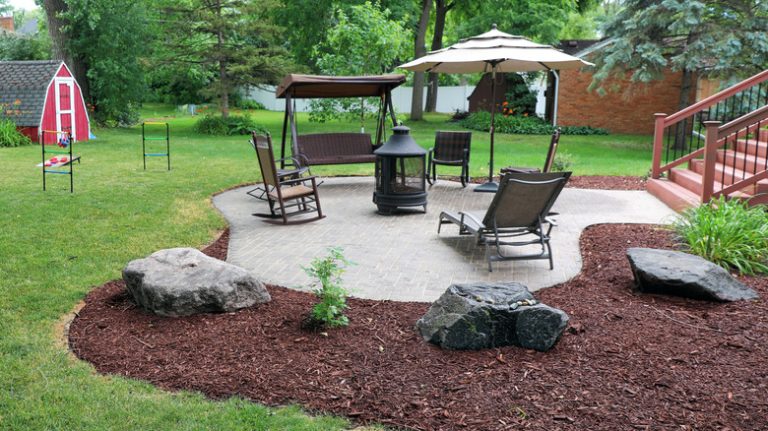No one wants to deal with a rat infestation, indoors or out. They may seem harmless as long as they are outside, but if your kids play in the yard or you have a garden, these rodents can still cause problems. Rats are known to carry and spread many viruses and bacteria, including the plague. Yes. That plague. While you are very unlikely to get bitten by a plague-infested rat, coming in contact with their droppings can result in becoming ill with salmonella or other types of nasty bacteria. Avoid that risk altogether by adding plants to your landscape that naturally repel rats from your garden.
Keeping rat-repelling plants around your home not only keeps them out of your garden, where they may nest, reproduce, and damage your crops, but it can also keep them from getting inside. Rats will chew through wood or burrow under concrete to access food and safety inside your home. Here are some beautiful plants that will send rats running to another residence.
1. Daffodils
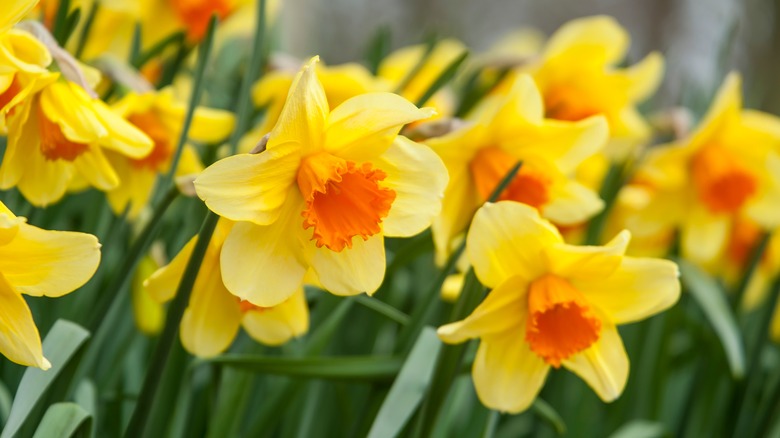
Daffodils (Narcissus spp.) and their close relative, jonquils, are effective repellants for all kinds of nuisance pests. From the time they break ground in the spring until the greens die completely back, these bulbs send a strong message to rodents: Do not pass. Not only is their scent a deterrent, but the lycorine contained in their bulbs is highly toxic. These beautiful blooms can protect your home from squirrels, mice, and, of course, rats.
2. Crown of thorns
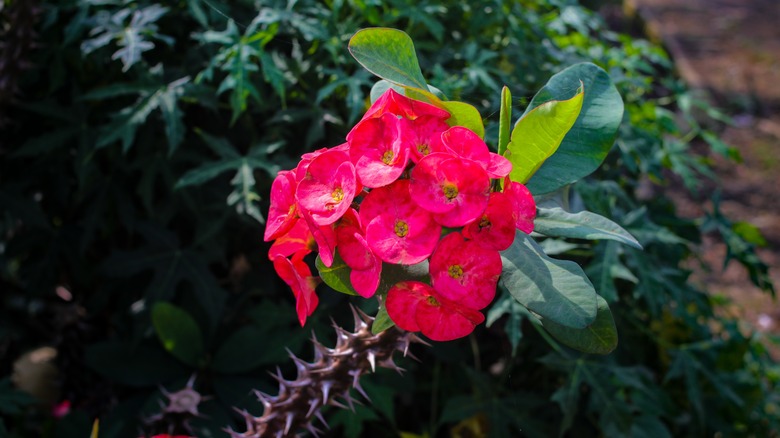
As the name of this plant implies, the crown of thorns (Euphorbia milii) efficacy for repelling rats lies within the multitudes of thorns on its stems. You may ask, why would anyone want something so prickly in their garden? This plant offers more than thorns with bright green leaves and gorgeous clusters of blooms. The crown of thorns is a perennial in regions that do not experience a freeze, but in cooler climates, it can be brought in to overwinter away from children and pets.
3. Black pepper plant
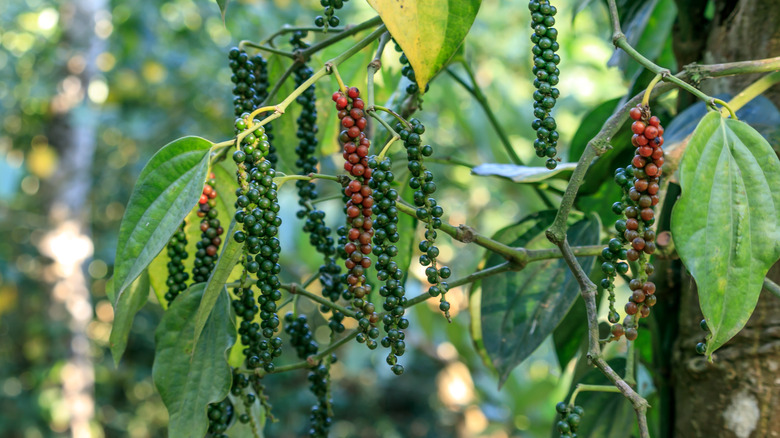
Wirestock/Getty Images
If you have ever accidentally inhaled ground pepper, then you can understand why it would repel rodents. Black pepper plants (Piper nigrum) are also called peppercorn plants. They produce the tiny, dried fruits that we grind to add seasoning to our meals. This plant is tropical, so you can grow it outdoors throughout the summer and bring it indoors to overwinter. The smell of mature peppercorns acts as a powerful pest repellant.
4. Chrysanthemums
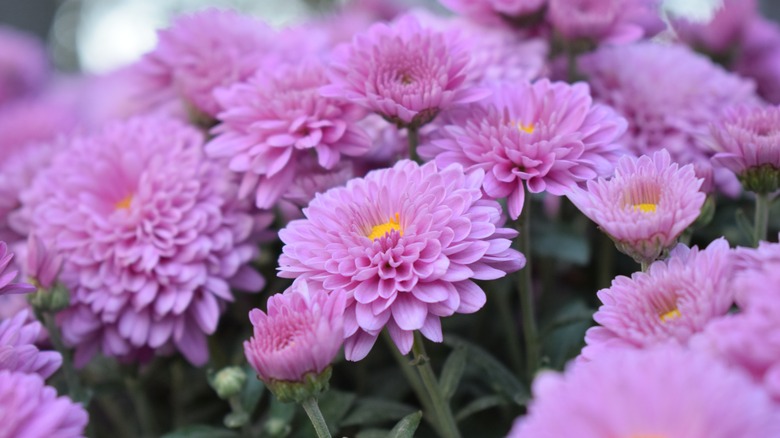
Natali art collections/Shutterstock
The same beautiful plants that we use to adorn our outdoor fall decor can be a deterrent for rats. Chrysanthemums, also commonly simply called mums, have a pungent odor that pests do not like. Some species also contain pyrethrins, which are used in organic insecticides. Depending on the variety, many chrysanthemums are hardy in zones 5 through 9, so when you are finished enjoying their seasonal blooms, you can plant them in the garden as a rat repellant.
5. Bergamot
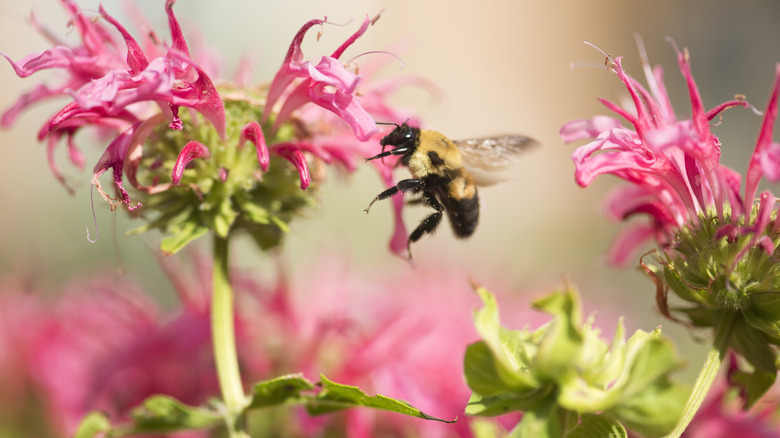
Debralee Wiseberg/Getty Images
Bergamot is a hardy herb that goes by many names, including its genus, Monarda. It is often also called bee balm for its ability to attract beneficial pollinators. Bergamot is a perennial in zones 3 through 9, so it can be grown throughout most of the US. This low-maintenance plant tolerates lean soils, is drought-resistant, and can be grown in partial shade to full sun. As you can tell, bergamot is not a picky plant. This aromatic herb repels rats and other pests with its peppery scent.
6. Wintergreen
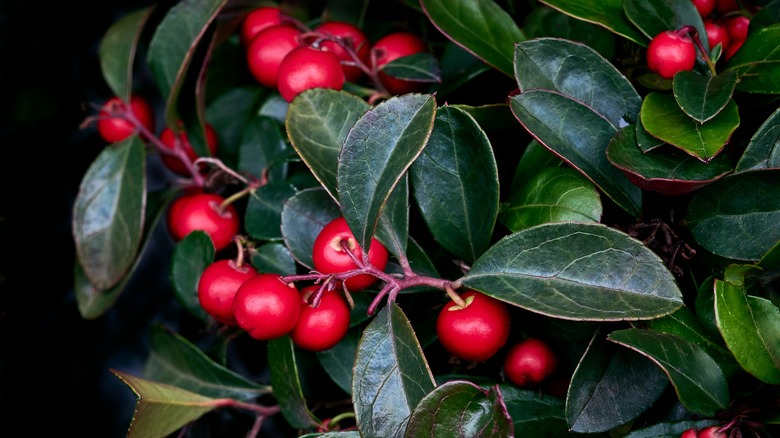
Alena Charykova/Shutterstock
If you’re looking for a cold-hardy ground cover, consider adding wintergreen (Gaultheria procumbens) to your garden. In zones 3 through 8, wintergreen offers white blooms that mature to red berries. This perennial grows best in shade, making it ideal for any shady spots around your home and under trees. Although it will grow in full shade, a spot with partial shade or dappled sunlight will help it produce the most blooms. Rats do not like the essential oils produced by this plant, so it is effective in the garden, and you can make your own spray to use indoors.
7. Geraniums
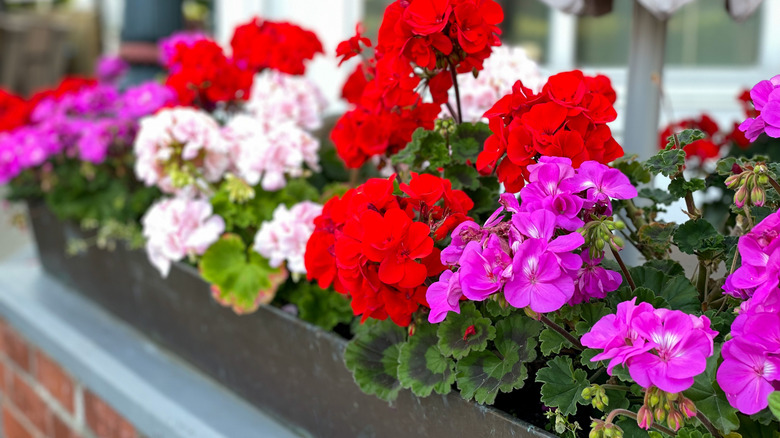
Lapa Smile/Shutterstock
Whether you need to repel pests or not, geraniums make a stunning addition to any garden. These plants offer fan-shaped, densely packed blooms topped with stems that provide gorgeous clusters of flowers in a wide range of colors. Perennial species are hardy to zone 3, while many showy annual species can be grown in containers and overwintered indoors. The scent of geranium leaves helps repel rats, making them a beautiful and functional bedding plant.
8. Snowdrops
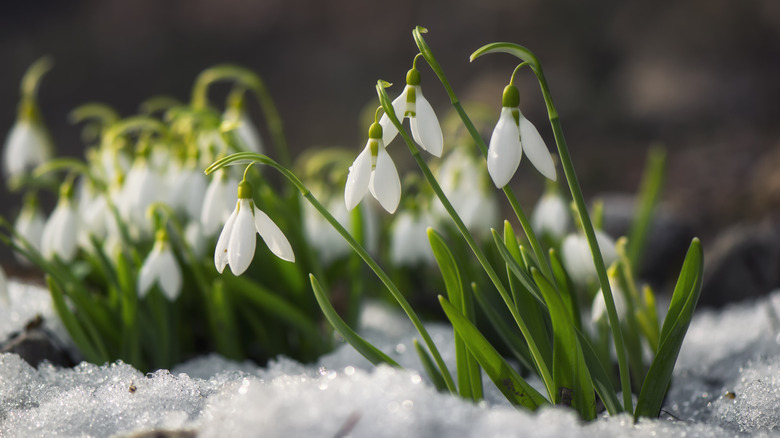
Muzka/Getty Images
Among some of the earliest spring blooms, snowdrops (Galanthus nivalis) are bulbs that feature sweet, delicate blooms even when there is still snow on the ground. They may look fragile, but these flowers are as hardy against the cold as they are tough against pests. Like daffodils, these bulbs contain compounds called Galanthus nivalis agglutinin, also known as GNA, that naturally repel pests. If you have a problem with squirrels, mice, rats, or even groundhogs digging up your bulbs, consider mixing in some snowdrops.
9. Camphor laurel
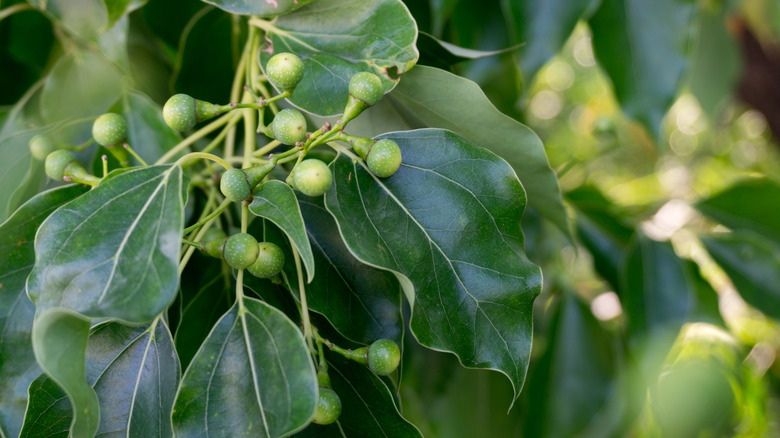
RUPENDRA SINGH RAWAT/Shutterstock
The aromatic oils contained within the leaves of camphor laurels (Cinnamomum camphora) are so powerful that they were used to help combat the black plague. In the garden, these powerful compounds can help keep large and small pests away from your outdoor spaces. The scent not only repels rats but is also used as a flea repellant. Before you plant camphor laurel, check to make sure it is not considered an invasive species in your region.
10. Elderberry
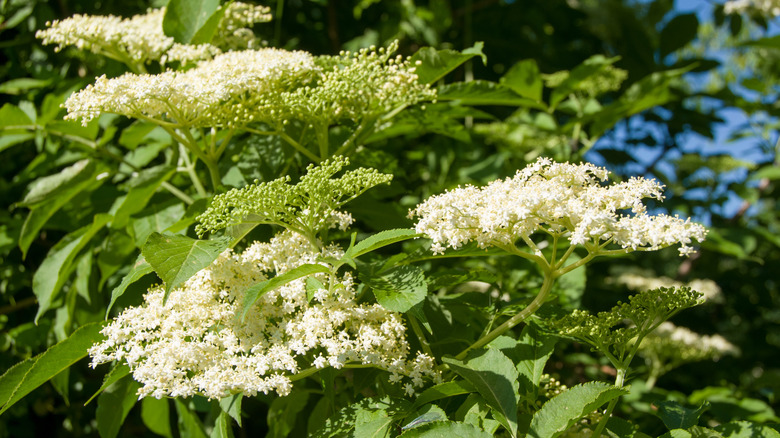
Maumyhat/Getty Images
Elderberry (Sambucus nigra) has many uses around the garden and at home. The late spring blooms provide valuable nectar for bees and honey pollinators, while the fruits are harvested for cooking or left to feed the birds. In the landscape, elderberry bushes are beautiful plants, reaching an impressive size of 10 feet wide and tall. These plants grow quickly, making them beautiful foundation plants. When pests chew the stems of elderberries, the lectins they contain make them sick and unlikely to return.
11. Eucalyptus
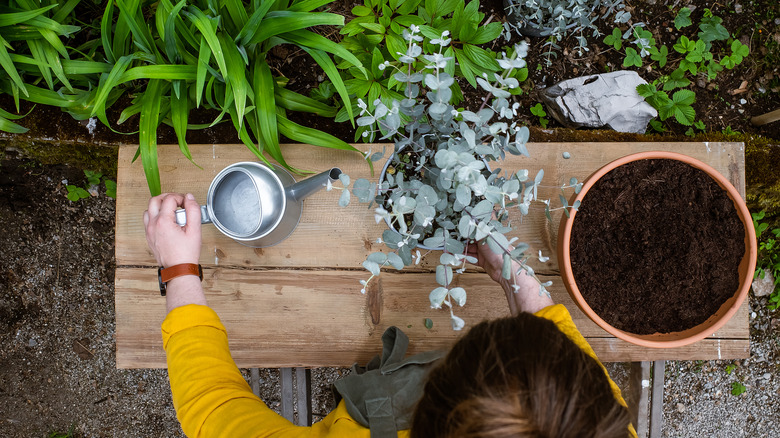
Sanjeri/Getty Images
It’s probably not surprising to find eucalyptus on this list. While humans generally like its pleasantly astringent scent, pests do not. Animals and insects, especially rats, have much stronger senses of smell than we do. So, while eucalyptus is a welcome scent that helps clear our sinuses, it is unpleasantly strong to rodents and other pests. If you have furry friends living with you, however, be careful to keep these plants out of reach because they’re toxic.
12. Amaryllis
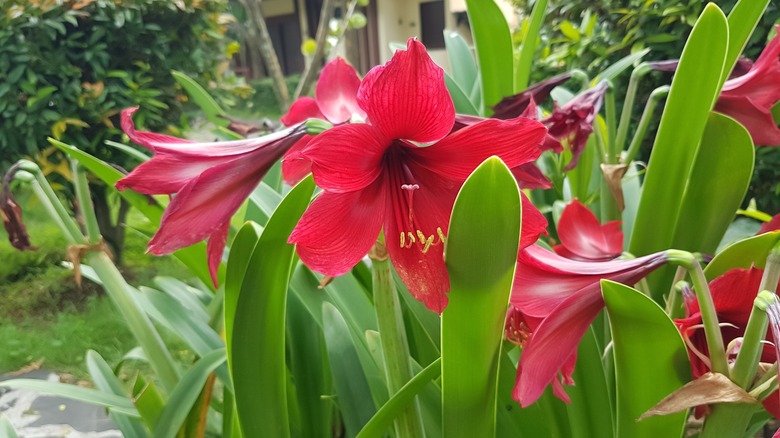
Alicia97/Shutterstock
Like the other flowering bulbs on this list, amaryllis bulbs contain toxic compounds -– in this case, alkaloids –- that repel rats from your garden. While these bulbs put on an amazing show while in bloom, they can only be grown indoors in cooler climates. Amaryllis are tropical plants, and they will only survive outdoors in growing zones 8 and south. However, they can still be grown as annuals during the summer in cooler northern climates.
13. Boxwood
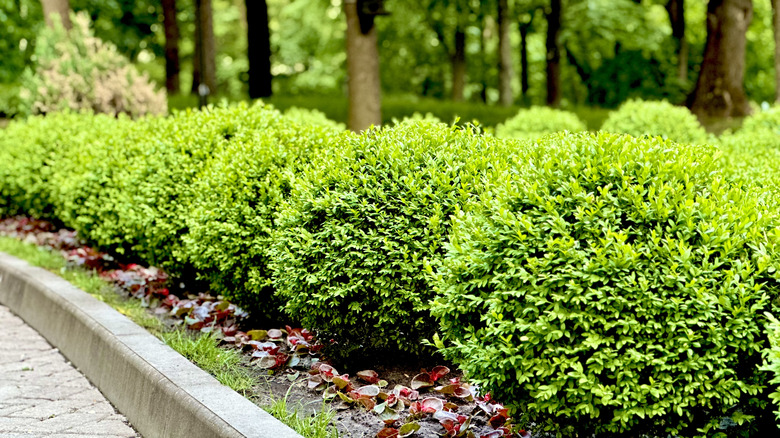
Nadya Tkach/Getty Images
Boxwoods (Buxus sempervirens) are generally grown for their ability to be molded into pleasing shapes, like hedges or geometric shapes, which add interest to any landscape. Boxwoods have dense stems at ground level, providing a physical barrier to keep rats and other critters out of your garden. A few varieties also have a distinct odor, likened to cat urine, which helps keep a multitude of pests away. Depending on the species, boxwood shrubs are hardy from USDA hardiness zone 4 to 9.


